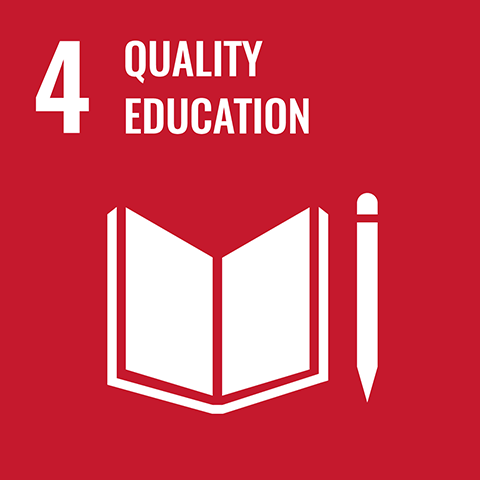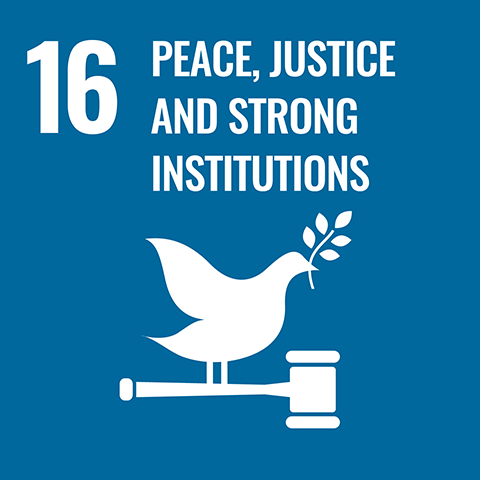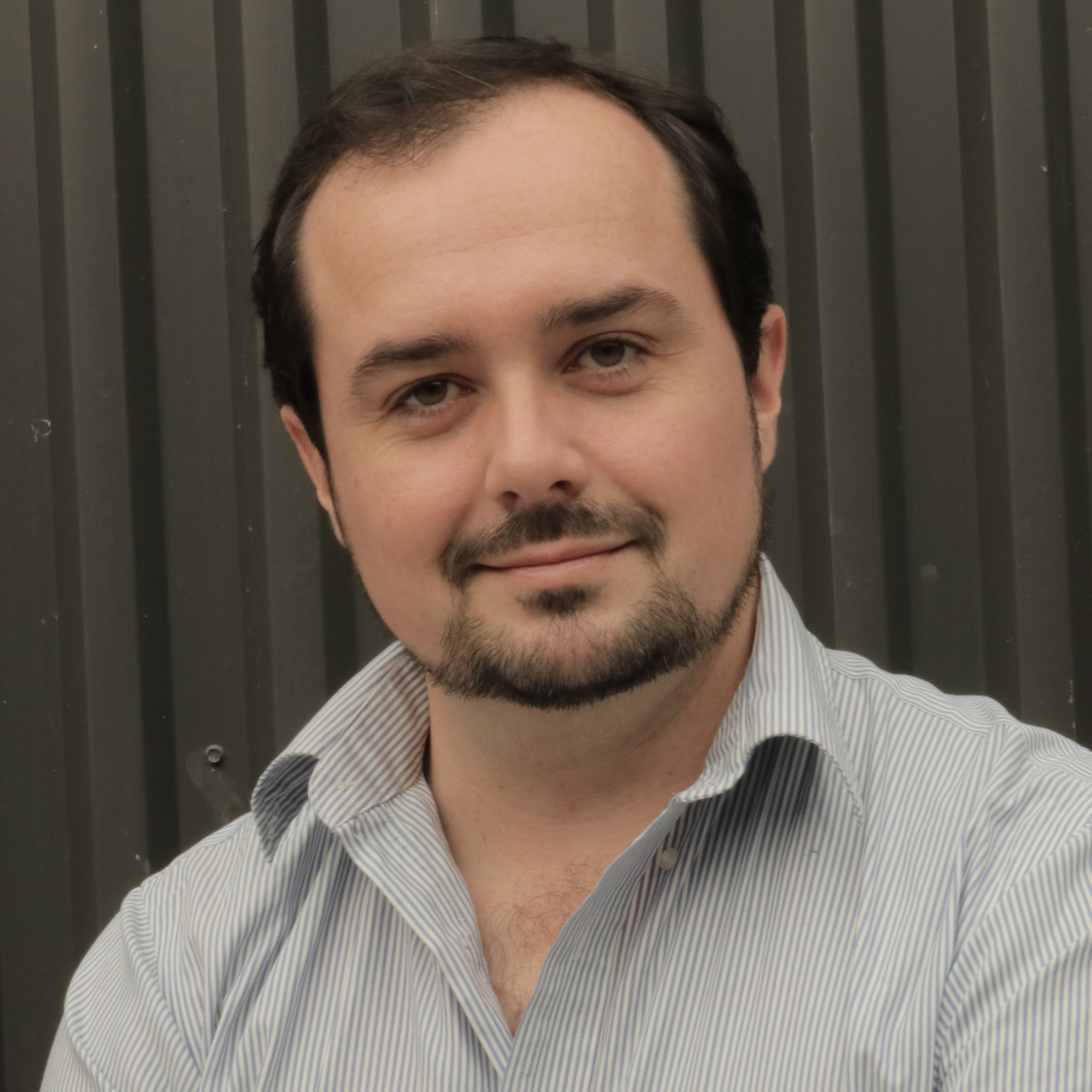History of the Tentmakers of Cairo
In 2012, Dr Sam Bowker observed that Henri Matisse’s painting ‘Interior with Egyptian Curtain’ (1948) depicts a historic form of khayamiya applique, leading to the observation that the art history of the Egyptian tentmakers had never been surveyed or published. The unique art of khayamiya was almost excluded from the history of Islamic and Egyptian art.
UN Sustainable Development Goals
This research supports United Nations Sustainable Development Goals:


The research
In 2012, Dr Sam Bowker observed that Henri Matisse’s painting ‘Interior with Egyptian Curtain’ (1948) depicts a historic form of khayamiya applique, leading to the observation that the art history of the Egyptian tentmakers had never been surveyed or published. The unique art of khayamiya was almost excluded from the history of Islamic and Egyptian art.
Program highlights
* El Rashidi, Seif, Bowker, Sam (2019). The Tentmakers of Cairo: Egypt's medieval and modern applique craft. Cairo: The American University in Cairo Press.
* Khayamiya: Khedival to Contemporary- The Egyptian Tentmakers from 1890 to 2010, HR Gallop Gallery, Wagga Wagga, Australia
* Khayamiya: The Egyptian Tentmakers, 2015, Albury LibraryMuseum, Australia
* Khayamiya: Khedival to Contemporary, 2015-2016, Islamic Arts Museum Malaysia. This international exhibition attracted over 8000 visitors and extensive media coverage.
* The Tentmakers of Cairo (2015) by filmmaker Kim Beamish was informed by Charles Sturt University research and shown in film festivals, museums and art galleries worldwide.
Program impacts
Following the study, museums reassessed historic khayamiya.
Institutions now actively acquire, display and request written assessments as case studies, including major institutions like the British Museum, the Victoria & Albert Museum and the Metropolitan Museum of Art in New York, as well as private and other public collections.
Artists and graphic designers in Egypt have adapted khayamiya for contemporary purposes, and master tentmakers like Ahmed Naguib revisited patterns from the Khedival period (1867-1914) as new designs. The Victoria & Albert Museum and the Oriental Museum in Durham have acquired important khayamiya by Hany Abdel Khader based on the 2011 Revolution that deposed President Mubarak, documenting social change in Egyptian politics.
As a result of this research, khayamiya is now present within Islamic, Egyptian, African and textile art history. It is cited in popular media, museum collections and auction catalogues. The global number of tentmakers increased from approximately 80 to 100 since 2007, and new apprentices are taking up the profession, participating in international networks through the competitive skills and cultural heritage of this unique craft.
The Egyptian tentmakers now possess a substantial social media following (more than 15,000 followers on Facebook) that promotes online sales (via an Etsy store managed by the Tentmakers) that improves the economic viability and social esteem for khayamiya as both craft and heritage in Egypt. Since 2007 the Egyptian Tentmakers have toured to numerous international quilt exhibitions with private philanthropic and NGO support.

Dr Sam Bowker
Charles Sturt University
Dr Sam Bowker is a Lecturer in Art History and Visual Culture. Prior to joining Charles Sturt University, he worked for the National Portrait Gallery, the National Museum of Australia, and lectured in Art Theory for the Australian National University's School of Art.
Sam's PhD thesis, "Their War and Mine", examined the implications of the use of self-portraiture by war artists, focusing on the collection of the Australian War Memorial. His previous thesis studied the biographic myths promoted by travelling artists in the nineteenth century.
His current major research project is an art historical survey of Khayamiya from the late Ottoman Empire to the present. This has resulted in exhibitions around Australia and for the Islamic Art Museum Malaysia, which hosts an annual scholars-in-residence program for Charles Sturt University students.
Funding and collaborators
- Arts and Humanities Research Council Grant (UK) funded oral histories commissioned by Durham University.
- Charles Sturt University supported regional exhibitions in Wagga Wagga (2013) and Albury (2015).
- Timothy Crutchett of Charles Sturt University created ultra-high resolution photographs of large and fragile khayamiya textiles for online access. For more information see The Gigapixel Project.
